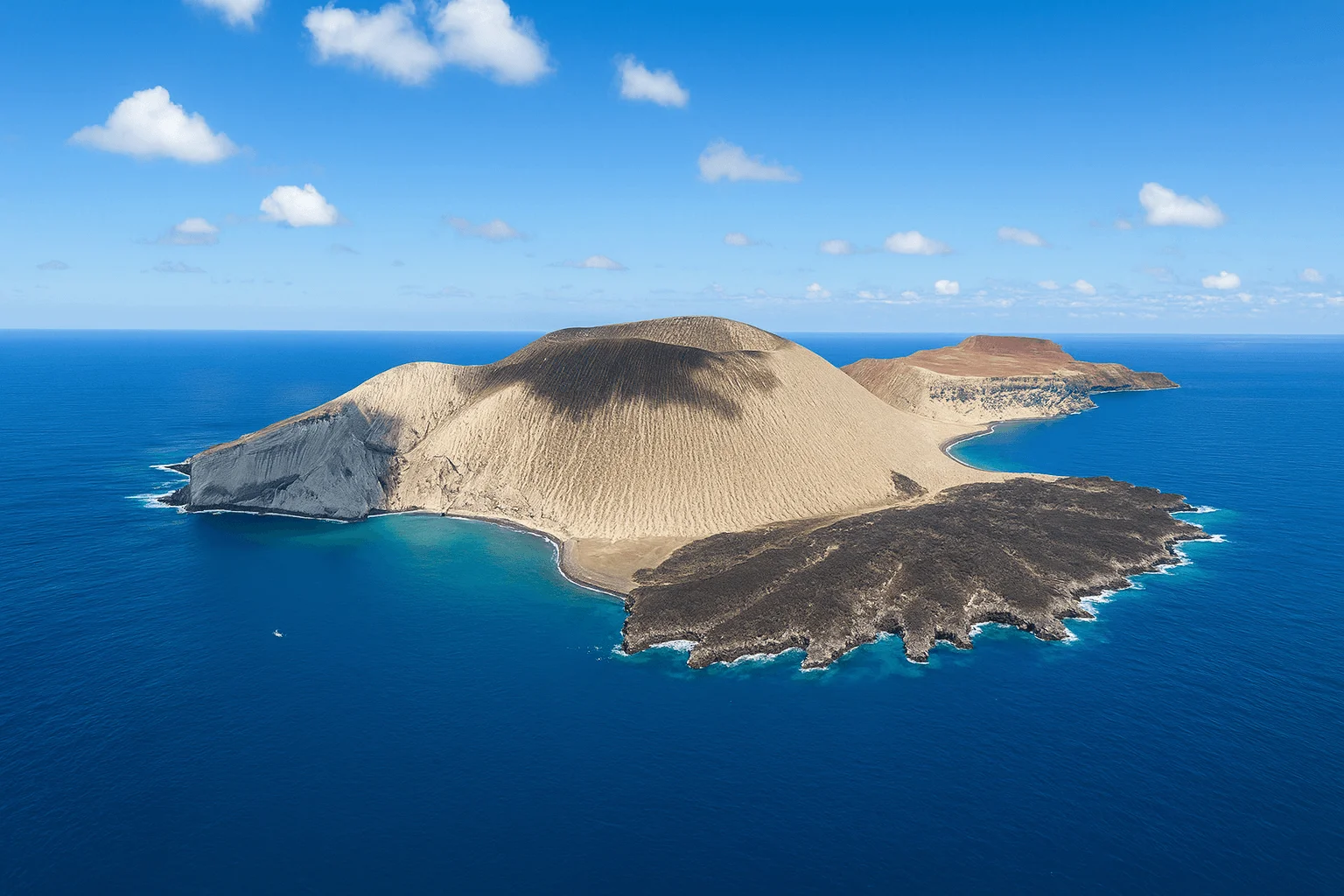Scuba Diving in Socorro
The Ultimate Guide
The Revillagigedo Archipelago—better known simply as Socorro—is Mexico’s answer to the Galápagos. Located 400 km off the Baja California coast, this remote chain of volcanic islands (San Benedicto, Socorro, Roca Partida and Clarion) can only be reached by liveaboard. The reward for the 24‑hour crossing is a pelagic wonderland where giant Pacific manta rays circle close enough to touch, hammerhead sharks school in the blue, and humpback whales breach beside the boat. Rugged pinnacles and walls drop into deep blue water, attracting a myriad of large predators and making Socorro one of the world’s great big‑animal dive destinations.
Difficulty
Advanced
Temperature
21-27°C
Visibility
15-30m

Diving Highlights
Best Months to Dive
Getting to Socorro for Diving
✈️Transportation
The only way to dive Socorro is by liveaboard.
Fly into Los Cabos International Airport (SJD) in San José del Cabo.
Transfer to the harbour in Cabo San Lucas or San José, board your liveaboard and sail 24 hours to the islands.
There are no accommodations or day boats on the islands, so all dives are conducted from the liveaboard’s small pangas.
Country
Mexico
Currency
Mexican Peso
Electricity
127V, 60Hz, Type A/B plug
Cost of a Dive Trip in Socorro
Liveaboard
Best Dive Sites in Socorro
🐠Roca Partida
An isolated volcanic pinnacle rising from deep water. Divers can see stacked whitetip reef sharks sleeping on ledges, schooling hammerheads and silvertip sharks, and giant mantas gliding along the walls. Visibility often exceeds 30 m and pelagic encounters are virtually guaranteed.
🐢The Boiler (San Benedicto)
A large submerged pinnacle rising to within 6 m of the surface. Surge over the top creates a “boiling” effect, giving the site its name. Giant manta rays use this as a cleaning station, often approaching divers at arm’s length. Humpback whales have been spotted here in winter.
🦈The Canyon (San Benedicto)
A series of ridges and pinnacles at 15–30 m with several cleaning stations. Divers encounter silvertip and Galapagos sharks, schooling hammerheads and occasional tiger sharks. It’s a favourite site for shark lovers.
🐙Cabo Pearce (Socorro Island)
A long finger of volcanic rock jutting into the sea that hosts one of the world’s best manta cleaning stations. Divers also spot hammerheads out in the blue, and silky sharks often follow them to the safety stop.
🐚Punta Tosca (Socorro Island)
A remote site on Socorro Island where playful bottlenose dolphins frequently interact with divers. Silky sharks and Galapagos sharks patrol the reef, and whales can sometimes be heard singing in the deep.
What Divers Say About Diving in Socorro
Sarah Chen
Scuba InstructorSocorro isn’t your typical reef holiday—it’s pure blue‑water adrenaline. After a day at sea you wake to Roca Partida’s jagged pinnacle rising out of the ocean. Giant mantas circle so close that you can watch Clarion angelfish picking parasites from their bellies. Hammerheads and silky sharks cruise past in formation, and playful dolphins often join safety stops. During winter months humpback whales sing in the deep and sometimes appear in the blue. The dives are demanding—surge, currents, long surface intervals—but the encounters are unmatched. Socorro will spoil you for life.
Frequently Asked Questions About Diving in Socorro
When is the dive season in Socorro?
Liveaboards operate from November through May. Warmest water and whale sharks occur in November–December; humpback whales visit between January and March; baitball action peaks in April–May.
What marine life can I expect?
Socorro delivers year‑round manta ray encounters, plus schooling hammerheads, silky and Galapagos sharks, tiger and whale sharks, dolphins, tuna, wahoo and humpback whales.
Are there beginner‑friendly dives?
No. Strong currents, surge and deep water mean Socorro is recommended for advanced divers with experience in open‑ocean conditions.
How do I get there?
Fly to Los Cabos International Airport, travel to Cabo San Lucas or San José del Cabo, and board a liveaboard for a 24‑hour crossing.
How many dive sites are there?
Liveaboards visit a handful of premier sites: Roca Partida, The Boiler and The Canyon at San Benedicto, Cabo Pearce and Punta Tosca on Socorro Island, and occasionally Clarion Island.
What is the water temperature and visibility?
Water temperatures range from 21–27 °C depending on the month. Visibility varies by site and season, averaging 15–30 m; Roca Partida often exceeds 30 m.
What equipment do I need?
Bring a 5 mm wetsuit (with hooded vest optional), reef‑safe sunscreen and seasickness medication. Gloves are prohibited by law.
Are there other activities?
Liveaboards offer snorkelling with dolphins and whale sharks and occasional kayaking. Most trips depart from Cabo San Lucas, which is worth exploring before or after your expedition.
Do I need insurance?
Because of the remoteness, divers should carry DAN or similar diving insurance. Liveaboard operators may require proof of coverage.